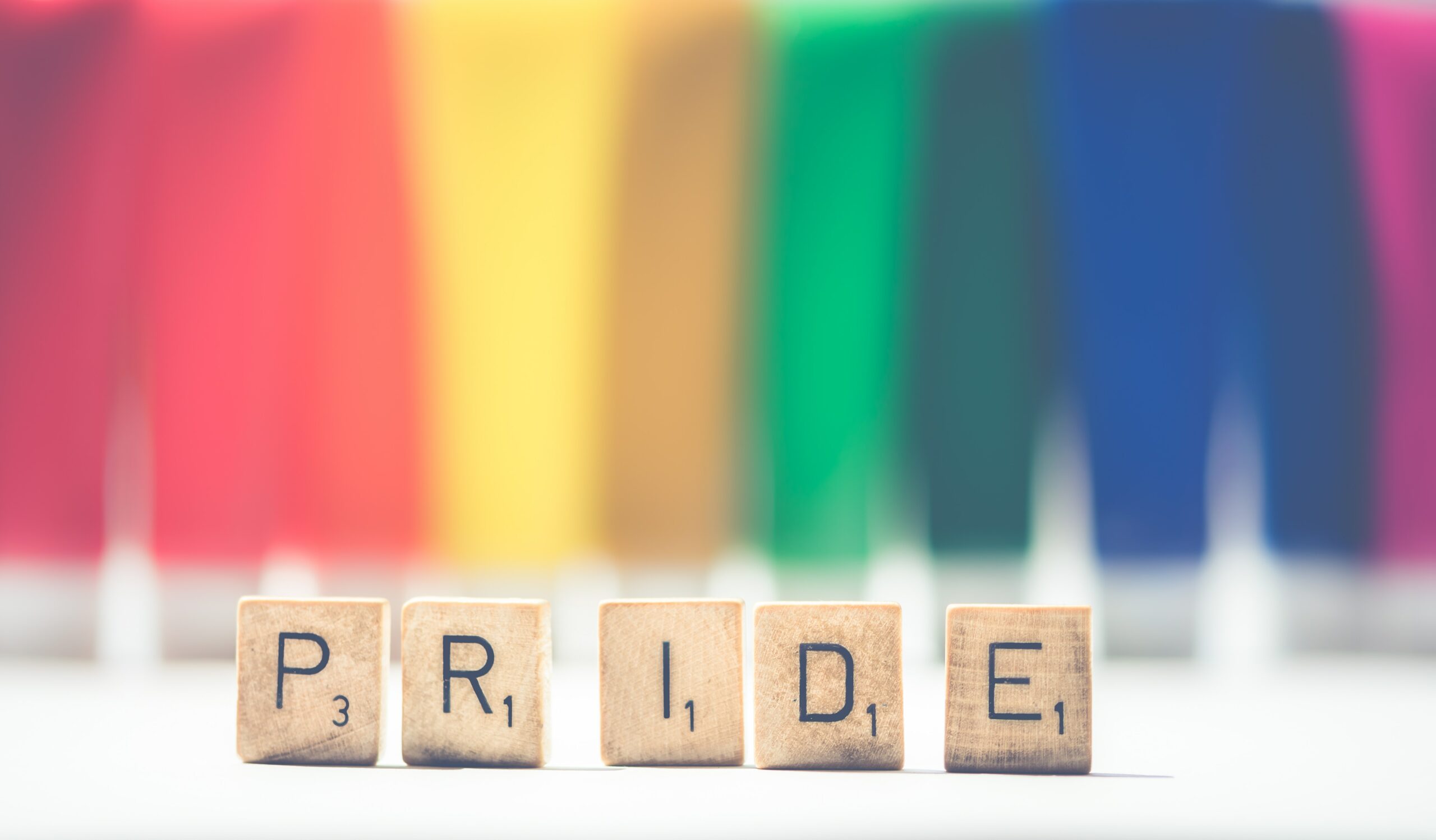Banned Books Week: Why is Gender Queer the Most Challenged Book?
Posted on September 19, 2022
by Franco V
Every year, libraries celebrate Banned Books Week, the weirdest library-related holiday where we honor banned books (or, as it turns out, not quite banned books, because realistically all the books honored are for the most part freely available at libraries, bookstores, and your favorite conglomerate’s online DRM-restricted marketplace). What we’re really looking at are “challenged” books: materials where a member of the public asks their library to reconsider an item because they consider it lewd, obscene, or otherwise offensive. Even then, most challenges to library books occur in school libraries, usually from concerned parents and other interest groups who wish to protect children.
Some of the most challenged books of all time are not altogether surprising – Kurt Vonnegut’s Slaughterhouse-Five, J.D. Salinger’s The Catcher in the Rye, Harper Lee’s To Kill A Mockingbird. These books, while widely considered literary classics of the 20th century, are focused on themes related to the anti-war movement, not being a phony when you grow up, and racial prejudice, respectively. At one time or another, somebody thought these books weren’t appropriate to be read by anybody, so they challenged them, and thus Banned Books Week.
However, recent years of tracked data shows a trend of a more specific type of book being challenged: books with LGBTQIA+ themes. No more is this embodied than in the most challenged book of 2021, Maia Kobabe’s graphic memoir Gender Queer. This book has been banned, challenged, or restricted at various schools and libraries because of LGBTQIA+ content and because some consider it to have explicit images.
If you read Gender Queer, you will most certainly find LGBTIA+ content – the title indicates that. The book overall is a heartfelt story of Maia growing up and discovering eir gender identity (Kobabe uses e/em/eir pronouns, also known as Spivak pronouns, a variation of they/them/their). It is an empowering, true story of acceptance. It is not a how-to guide, though it can be an important story: for young people who are discovering their own identity, for parents who have a child who’s gender identity they wish to better understand, for everyday people who want to learn more.
Of course, there’s more to the to consider here, so let’s look at some of the main reasons Gender Queer has drawn the ire of the critics challenging this book:
It’s a comic.
Images can be visceral, and comics have a long history of censorship in the United States, stemming from the now debunked Seduction of the Innocent by Frederic Wertham, which argued that comic books were a gateway to juvenile delinquency, the related government investigations, and the self-imposed Comics Code Authority by the comics industry, a set of censorship standards that were technically still in place as recently as 2011. Because Gender Queer has pictures, it’s easy point to images one may not like – a person can see pictures an instant and make judgement without reading for context. Culturally, many people equate comics as reading material for children, and the concept of a mature and thoughtful comic about gender aimed at older teens and adults could be difficult to grasp – especially if the first thing that comes to mind when you think comics are superheroes.
It’s about a queer person.
The United States has a history of not being the most welcoming of society’s for people with LGBTQIA+ identities. We’ve come a long way, have a long way to go, but accepting a person’s life story – especially when not conducive to dominant heteronormative themes – unfortunately, can be challenging for many.
It’s not meant for children.
Honestly…it’s not. People who have challenged Gender Queer on these grounds make a valid argument. Gender Queer may cover portions of Kobabe’s childhood, but the book is intended for an older teen or adult audience. That may not preclude children from reading it – as any parent know, kids find a way to get their hands on anything – but this is a great reason for parents and guardians to take an active role in their child’s reading journey.
Gender Queer is not for everybody, and that’s OK – the beauty of all of this is that you have the choice not to read it. But if for whatever reason, if somebody’s personal story about growing up and being uncertain about their gender sounds interesting to you, the Toledo Lucas County Public Library supports your freedom to read. You’ll find Gender Queer appropriately shelved with other graphic memoirs intended for adult audiences at various Library locations.
And if you don’t want to read Gender Queer, but maybe want to read one the other thousands of books in our collection, let us know! We’ll help you find the book that’s right for you based upon your interests.
Gender Queer by Maia Kobabe
Did you like this blog post? Keep up to date with all of our posts by subscribing to the Library’s newsletters!
Keep your reading list updated with our book lists. Our staff love to read and they’ll give you the scoop on new tv-series inspired titles, hobbies, educational resources, pop culture, current events, and more!
Looking for more great titles? Get personalized recommendations from our librarians with this simple form.



